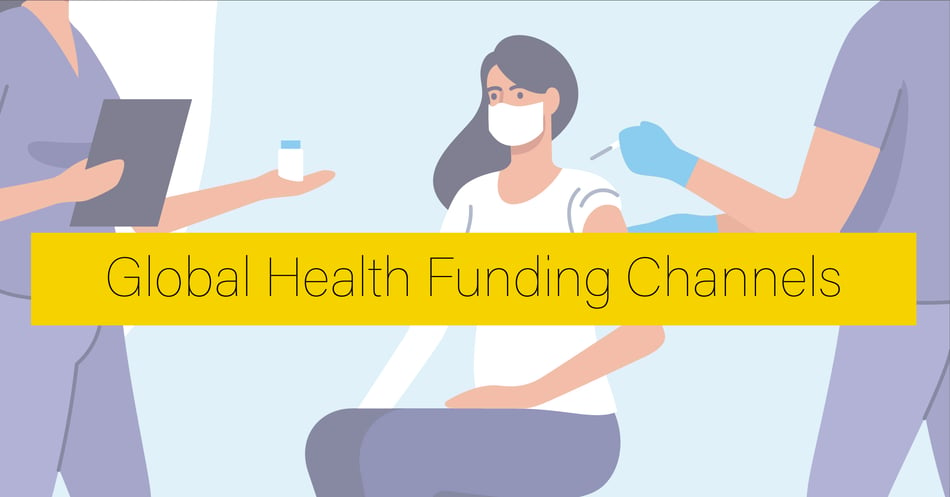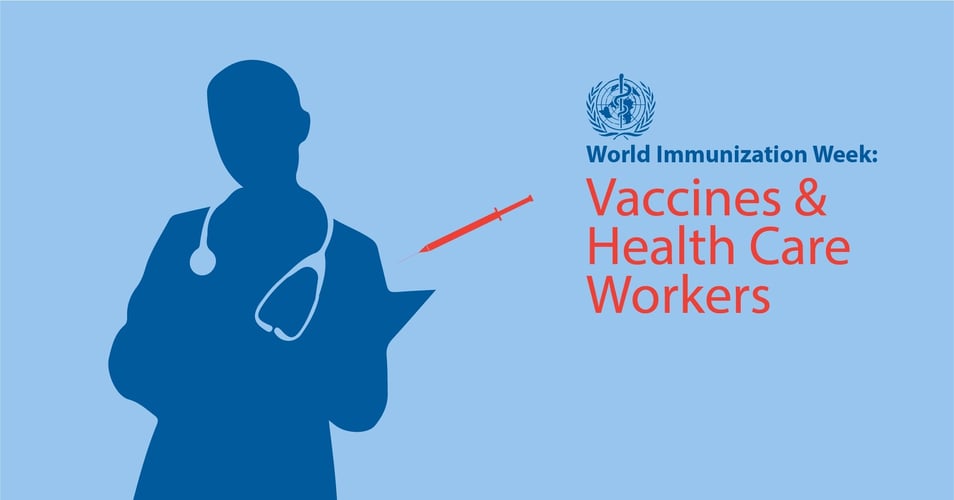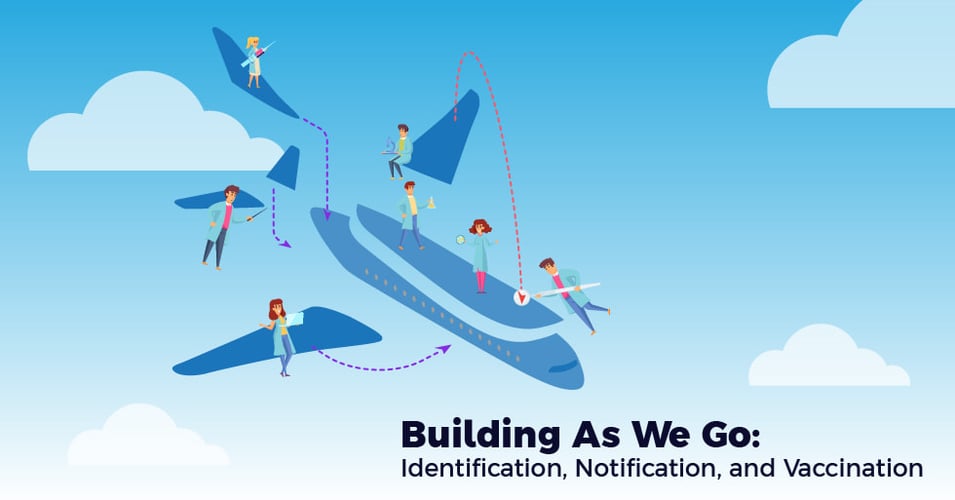Global Health Funding Channels

A young woman sits in a clinic halfway around the world, waiting for her COVID-19 vaccine. The entities involved in getting that vaccine to her, all the way from its development, manufacture, and distribution, relies on a massive global health network. In today's post, we'll highlight just some of those steps, learning about how global health is funded and implemented along the way.
Through a global network of donor governments, private foundations, public charities, and corporations, vaccines find their way to even the remotest locations (some even delivered by drone). Let’s look at some of those entities as they help our hypothetical client, Maya, get her vaccine shot.
The largest global economies worked together to fund research into a COVID-19 vaccine specifically, but they also contribute each year to these research efforts through the World Health Organization (WHO), a branch of the United Nations (UN). Even before the pandemic began, work was being done toward the development of coronavirus vaccines due to previous outbreaks from MERS-CoV and SARS-CoV. Other funding and research comes from the Coalition for Epidemic Preparedness Innovations (CEPI), which finances independent (private/non-government) vaccine research targeting the WHO’s “blueprint priority diseases.” CEPI is a foundation, as is one of its major donors, the Gates Foundation, and was formed in 2015 during the World Economic Forum at Davos, Switzerland.
Once vaccine development was underway, GAVI, The Vaccine Alliance starts its work negotiating advance, bulk purchases of to-be-developed vaccines. As a way of ensuring pharmaceutical companies will take the risk of investing in a potential vaccine, these Advance Market Commitments provide a cushion for that risk. The dose eventually destined for Maya’s arm may not even be invented yet, but it is secured in the hopes that a vaccine will soon be available. The Gates Foundation plays heavily in the funding of GAVI, as do the governments of the US and the UK. GAVI has helped bring vaccines to market for decades and is responsible for securing vaccines for over 780 million children worldwide.
Now the massive global network focuses on COVID-19, bringing together experts in funding, planning, distributing, and mobilizing vaccine efforts specific to this cause: COVAX, COVID-19 Vaccine Global Access. Aimed at ensuring equitable access to the newly-approved vaccines, this initiative is jointly directed by GAVI, CEPI, and WHO. Maya’s specific dose and its manufacture will be ultimately be approved by this network, which so far has greenlighted 7 vaccines for global distribution. Maya’s home government will have negotiated its vaccine purchases through COVAX and paid for them through a combination of sources. Some countries will have some bilateral support, with additional funds coming from the US in the form of USAID grants. Others may use low-interest loans from the World Bank to fund their purchase. Still others will have grants directly from WHO, UNICEF or other similar entities or through a non-governmental agency (NGO) such as Oxfam.
Now, how to distribute those vaccines and get one to Maya? Grants from the World Bank, which also manages the pledges of dose donations made by wealthier countries, help purchase supplies such as syringes and personal protective equipment. COVAX also helps mobilize equipment and supplies, including doses that have been donated. AmeriCares, and CARE are global NGOs that are also major suppliers of the much needed supplies.
Additionally, the staffing at Maya’s clinic may have been provided or trained by an NGO such as Doctors Without Borders, the Global Health Corps, or Save the Children. The vaccine campaign that Maya heard on the radio could have been funded and created by the International Medical Corps, which in turn receives funding through USAID, AmeriCares, and the Gates Foundation, among others. The NGOs and civil society organizations on the ground in Maya’s community may have received support from the CORE Group or the Global Health Council, groups of professionals who help strengthen programs, train leaders, and create best-practices to help those in the field.
Through this network of entities that raise, manage, and distribute funds, along with those on the field using those funds to purchase vaccines, supplies, beds, and syringes, Maya receives her vaccine. Her dose is recorded in the World Bank Vaccine Deployment Tracker, which is used by COVAX to monitor what areas need more vaccines and which areas are reaching safe levels. There is still much work to be done, with developing countries making slow headway in getting citizens access to vaccines. The global health network, however, is steadily making progress, one vaccine at a time.
For a stunning visual representation of these complex networks, visit this site.
![EOScu Logo - Dark - Outlined [07182023]-01](https://blog.eoscu.com/hubfs/Eoscu_June2024/Images/EOScu%20Logo%20-%20Dark%20-%20Outlined%20%5B07182023%5D-01.svg)

![[infographic] Global Health Channels Download and share!](https://no-cache.hubspot.com/cta/default/216314/interactive-179319733095.png)



